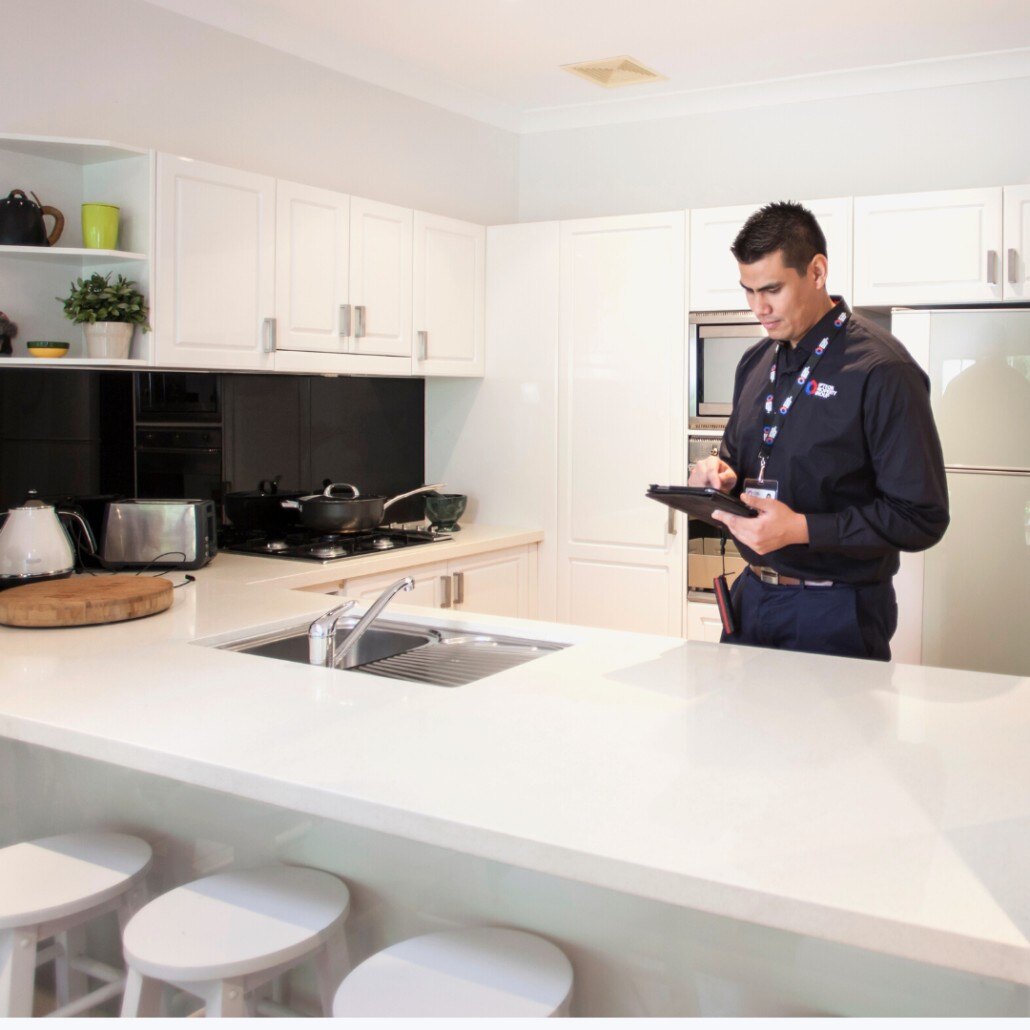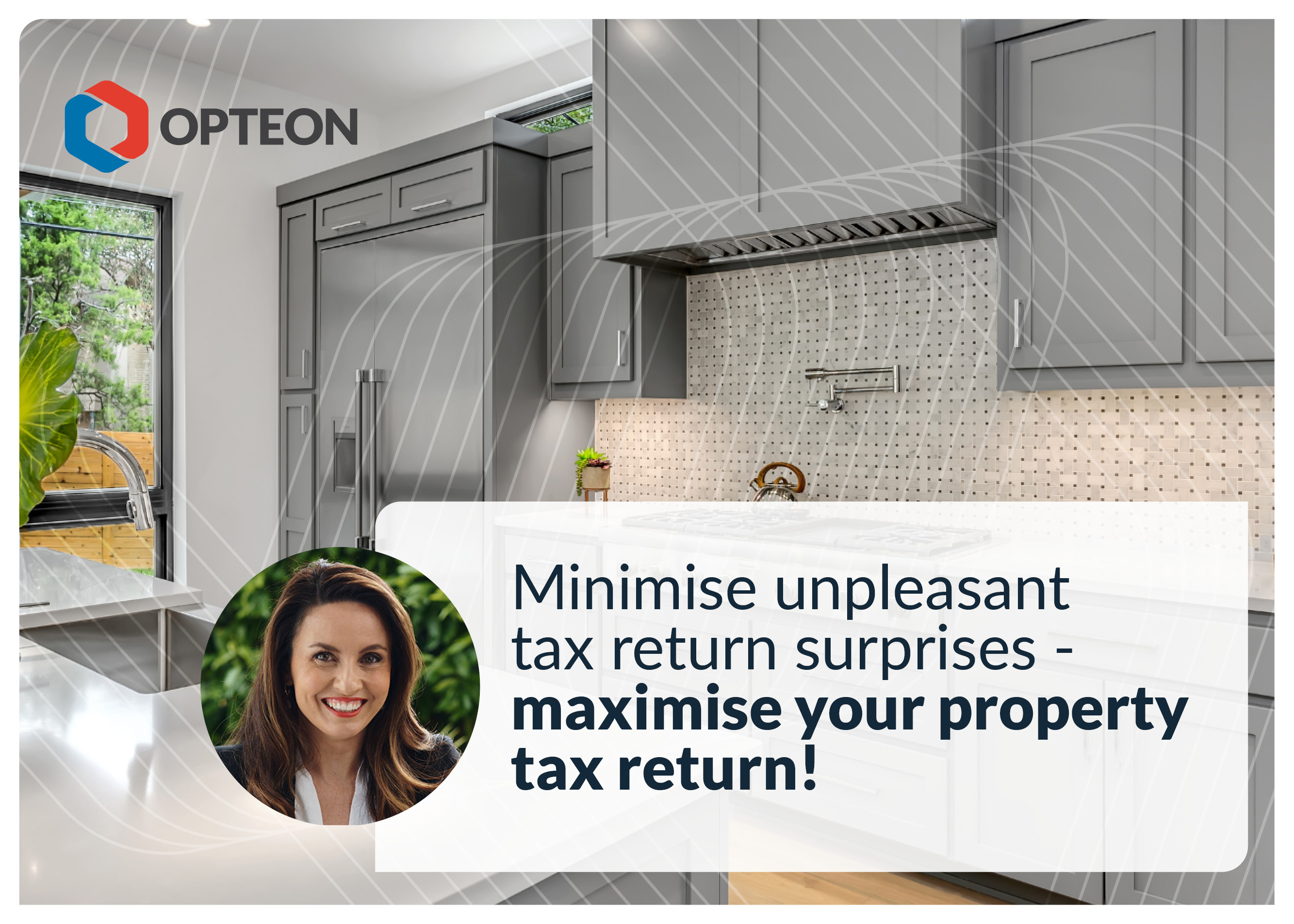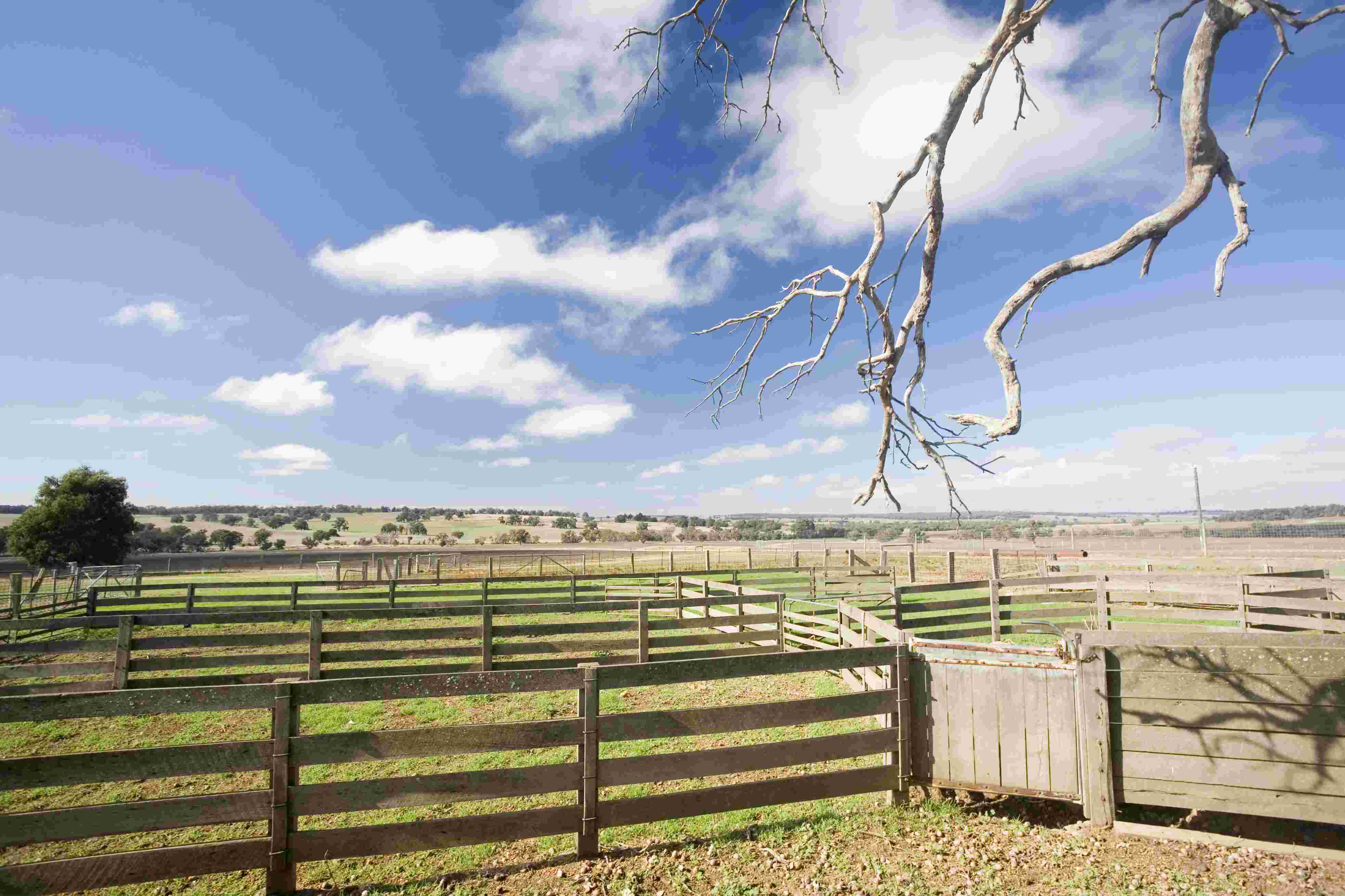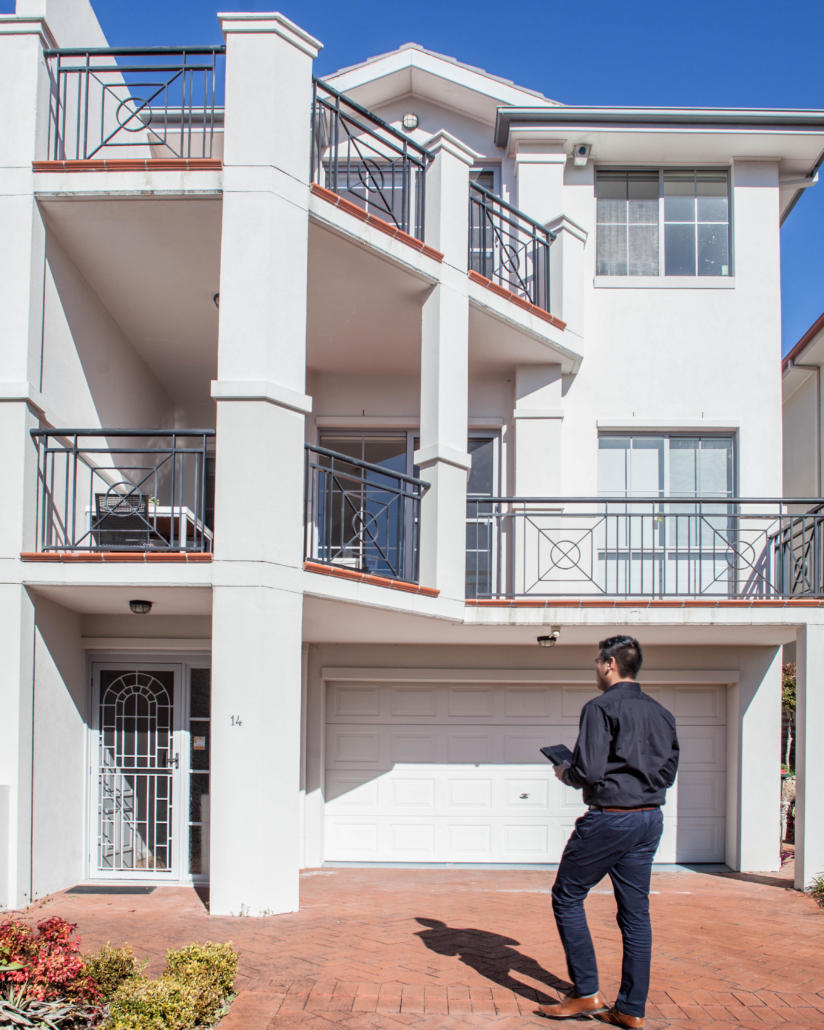What is Tax Depreciation anyway?
Blog
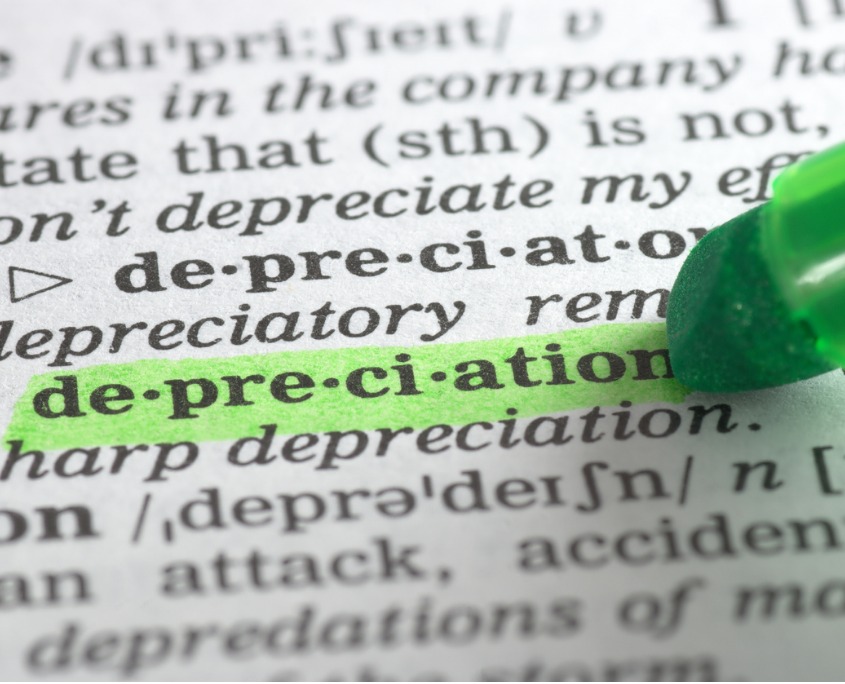
The Australian Tax Office (ATO) allows for the costs of construction and fit out of investment properties to be claimed back over time, against the income earned on a property. No matter the property type, a tax depreciation schedule details the eligible amounts that can be claimed in a tax return. These reports can also be known as a Capital Allowance report. A tax depreciation schedule helps your accountant or tax agent understand the deductions you can claim on your investment property.
At Opteon, we will conduct an onsite inspection to ensure every last eligible item is claimed.
You can potentially claim on:
| STRUCTURAL IMPROVEMENTS | PLANT AND EQUIPMENT |
| The main building | Window furnishings |
| Outbuildings e.g. Garage | Carpet |
| Retaining walls | Kitchen appliances |
| Pools | Air conditioners and ceiling fans |
| Fencing | Smoke alarms |
| Paving and driveways | Hot water service |
| Pergolas | |
| Even the clothesline! |
What are the new laws around tax depreciation?
A change in legislation in 2017 added some confusion to the depreciation process. Investors who purchase a brand new residential property can continue to claim depreciation for structural improvements and plant and equipment. Depreciation of structural improvements and plant and equipment for non-residential (Commercial, Industrial, Agricultural) properties also remains unaffected.
However, owners can no longer claim on pre-existing plant and equipment items within existing properties, where the owner has leased the property post 1st of July 2017. Nevertheless, structural improvements can still be claimed and this forms a majority of the claim, so a prepared schedule is still worthwhile.
An Example
A residential property, located in a growth corridor of Victoria built in 2018 and purchased for $404,000. The dwelling is 159 sqm with three bedrooms, two bathrooms and considered of medium quality fit out with a double garage. Below illustrates the calculations of one of the methods utilised:
| Financial Year Ending | Division 43 Allowance | Division 40 Allowance | Division 40 Pooling | Annual Total | |
| 1 | 30 June 2018 | 3,852 | 1,456 | 1,109 | 6,417 |
| 2 | 30 June 2019 | 7,361 | 2,329 | 2,163 | 11,854 |
| 3 | 30 June 2020 | 7,361 | 1,918 | 1,352 | 10,631 |
| 4 | 30 June 2021 | 7,361 | 1,421 | 1,206 | 9,989 |
| 5 | 30 June 2022 | 7,361 | 1,172 | 754 | 9,287 |
| 6 | 30 June 2023 | 7,361 | 968 | 471 | 8,801 |
| 7 | 30 June 2024 | 7,361 | 620 | 634 | 8,616 |
| 8 | 30 June 2025 | 7,361 | 519 | 397 | 8,277 |
| 9 | 30 June 2026 | 7,361 | 258 | 579 | 8,199 |
| 10 | 30 June 2027 | 7,361 | 224 | 362 | 7,947 |
The above table is an example only, each property is assessed individually on its eligibility. Division 40 is the legislation that covers the depreciation of ‘plant and equipment’ items that have an effective life. Division 43 covers the deduction available to owners from the structural elements of a building and the items within the property that are deemed irremovable.
How can we help?
Our tax depreciation specialists give independent advice for residential, commercial, industrial, agribusiness or rural income producing property types, anywhere in Australia.
Opteon provides ATO compliant reports with two methods of calculation provided, ensuring you claim maximum benefits. Opteon is a registered tax agent, which is an ATO statutory requirement for providing depreciation schedule services.
You can contact us today for more information or to request a quote for tax depreciation schedule.
Disclaimer: Opteon does not provide accounting, specialist tax or financial advice.




